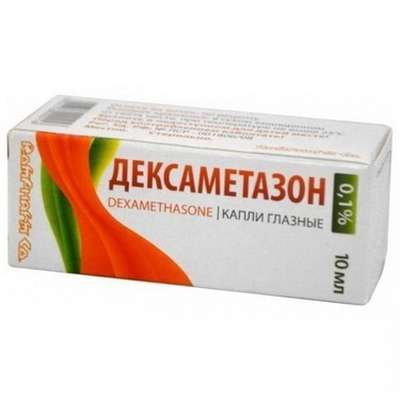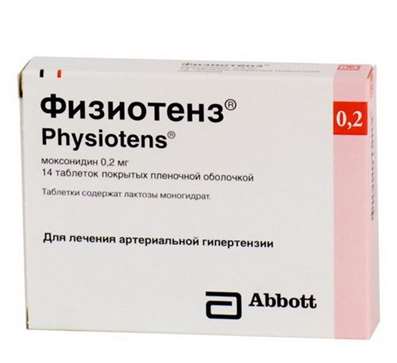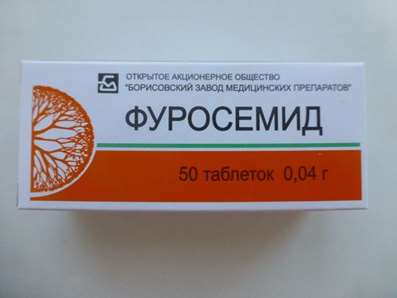Instruction for use: Insulin aspart biphasic (Insulinum aspartum biphasicum)
I want this, give me price
Pharmacological group of substance Calcitonin
Insulins
Nosological classification (ICD-10)
E10 Insulin-dependent diabetes mellitus
Decompensation of carbohydrate metabolism, Diabetes mellitus, Diabetes insulin sugar, Diabetes mellitus type 1, Diabetic ketoacidosis, Insulin-dependent diabetes, Insulin-dependent diabetes mellitus, Coma hyperosmolar non-ketoacidotic, Labile form of diabetes mellitus, Violation of carbohydrate metabolism, Type 1 diabetes mellitus, Type I diabetes mellitus, Insulin-dependent diabetes mellitus, Type 1 diabetes mellitus
E11 Non-insulin-dependent diabetes mellitus
Acetonuric diabetes, Decompensation of carbohydrate metabolism, Diabetes insulin-independent sugar, Diabetes sugar type 2, Type 2 Diabetes, Non-insulin-dependent diabetes, Non-insulin dependent diabetes mellitus, Non-insulin-dependent diabetes mellitus, Insulin resistance, Insulin resistant diabetes mellitus, Coma lactobacillus diabetic, Violation of carbohydrate metabolism, Type 2 diabetes mellitus, Diabetes mellitus type II, Diabetes mellitus in adulthood, Diabetes mellitus in old age, Diabetes insulin-independent, Diabetes mellitus type 2, Sugar insulin-independent diabetes type II
Characteristics
The preparation of insulin combined action, an analog of human insulin. A two-phase suspension consisting of soluble insulin aspart (30%) and insulin crystals of aspart protamine (70%). Insulin aspart was obtained by recombinant DNA technology using the Saccharomyces cerevisiae strain; In the molecular structure of insulin, the amino acid proline in position B28 is substituted for aspartic acid.
Pharmacology
Pharmacological action - hypoglycemic.
Interacts with specific receptors of the cytoplasmic membrane of cells and forms an insulin-receptor complex that stimulates intracellular processes, incl. Synthesis of a number of key enzymes (hexokinase, pyruvate kinase, glycogen synthetase). Reducing the concentration of glucose in the blood is due to increased intracellular transport, increased absorption of skeletal muscle and fat tissue, a decrease in the rate of production of glucose in the liver. Has the same activity with human insulin in a molar equivalent. Substitution of the amino acid proline in position B28 for aspartic acid reduces the tendency of the molecules to form hexamers in the soluble fraction of the drug that is observed in soluble human insulin. In this regard, insulin aspart is absorbed from the subcutaneous fat faster than soluble insulin contained in biphasic human insulin. Insulin aspart protamine is absorbed longer. After SC administration, the effect develops after 10-20 minutes, the maximum effect is 1-4 hours, the duration of action is up to 24 hours (depends on the dose, place of administration, intensity of blood flow, body temperature and physical activity level).
With n / to the introduction at a dose of 0.2 U / kg body weight Tmax - 60 minutes. Binding to blood proteins is low (0-9%). The concentration of insulin in the serum returns to the initial after 15-18 hours.
Indications
Diabetes mellitus type 1. Diabetes mellitus type 2 (in case of resistance to oral hypoglycemic agents, partial resistance to these drugs for combined therapy, with intercurrent diseases).
Contraindications
Hypersensitivity, hypoglycemia.
Restrictions for use
Age under 18 years (safety and efficacy not determined).
pregnancy and lactation
Studies of reproduction on animals using insulin aspart biphasic were not performed. However, reproductive toxicological studies, as well as studies of teratogenicity in rats and rabbits with insulin administration (insulin aspart and normal human insulin) showed that the effects of these insulins are not different. Insulin aspart, as well as human insulin, in doses exceeding the recommended for human administration in about 32 times (rats) and 3 times (rabbits), caused pre- and postimplantation losses, as well as visceral / skeletal anomalies. In doses exceeding the recommended for human administration in about 8 times (rats) or approximately equal to the human dose (rabbits), no significant effects were noted.
Use in pregnancy is possible if the expected effect of therapy exceeds the potential risk for the fetus (adequate and strictly controlled studies are not conducted). It is not known whether insulin aspart biphasic can exert embryotoxic effects when applied during pregnancy and whether it affects reproductive capacity.
In the period of possible pregnancy and throughout its term, it is necessary to carefully monitor the status of patients with diabetes mellitus and monitor blood glucose levels. The need for insulin, as a rule, decreases in the I trimester and gradually rises in the II and III trimesters of pregnancy.
The action category for the fetus is FDA-C.
During and immediately after delivery, the need for insulin can drop dramatically, but quickly returns to the level that was before pregnancy.
It is not known whether the LS penetrates into breast milk. During lactation, there may be a need for dose adjustment.
Side effects
Edema and refractive failure (at the beginning of treatment); Local allergic reactions (congestion, swelling, itching of the skin at the injection site); Generalized allergic reactions (skin rash, itching, increased sweating, abnormal gastrointestinal function, difficulty breathing, tachycardia, lowering blood pressure, angioedema); Lipodystrophy at the site of administration.
Interaction
Increased hypoglycemic action of insulin oral hypoglycemic drugs, MAO inhibitors, ACE inhibitors, carbonic anhydrase inhibitors, bromocriptine, somatostatin analogues (octreotide), sulfonamides, anabolic steroids, tetracyclines, disopyramide, fibrates, fluoxetine, ketoconazole, mebendazole, pyridoxine, theophylline, cyclophosphamide, fenfluramine, Ethanol and ethanol containing drugs.
Weaken the hypoglycemic effect of insulin oral contraceptives, glucocorticoids, thyroid hormones, thiazide diuretics, heparin, tricyclic antidepressants, sympathomimetics, danazol, BCC, diazoxide, morphine, phenytoin, nicotine. Under the influence of beta-adrenoblockers, clonidine, lithium preparations, reserpine and salicylates, both attenuation and enhancement of action are possible.
Overdose
Symptoms: hypoglycemia - "cold" sweat, pale skin, nervousness, tremor, anxiety, unusual fatigue, weakness, impaired orientation, impaired concentration, dizziness, severe hunger, temporary visual impairment, headache, nausea, tachycardia, seizures, Neurological disorders, coma.
Treatment: insignificant hypoglycemia can be cured by the patient himself, taking glucose, sugar or carbohydrate-rich foods inside. In severe cases - intravenous (intravenously) 40% dextrose solution; In / m (intramuscularly), subcutaneously (subcutaneously) - glucagon. After restoration of consciousness the patient is recommended to take food rich in carbohydrates, to prevent the repeated development of hypoglycemia.
Routes of administration
PC.
Precautions
You can not enter IV (intravenously). Inadequate dose or discontinuation of treatment (especially in type 1 diabetes) can lead to the development of hyperglycemia or diabetic ketoacidosis. As a rule, hyperglycemia manifests itself gradually, within a few hours or days (symptoms of hyperglycemia: nausea, vomiting, drowsiness, redness and dryness of the skin, dry mouth, increased urine output, thirst and loss of appetite, odor of acetone in the exhaled air) And without proper treatment can lead to death.
After the compensation of carbohydrate metabolism, for example, with intensive insulin therapy, the symptoms typical for them-precursors of hypoglycemia may change in patients, which patients should be informed about. In patients with diabetes mellitus with optimal metabolic control, late complications of diabetes develop later and progress more slowly. In this regard, it is recommended to carry out activities aimed at optimizing metabolic control, including monitoring blood glucose levels.
The drug should be used in direct connection with food intake. It is necessary to take into account the high rate of onset of the effect in the treatment of patients who have concomitant diseases or who take drugs that slow the absorption of food. In the presence of concomitant diseases, especially infectious nature, the need for insulin, as a rule, increases. Violation of kidney and / or liver function can lead to a decrease in the need for insulin. Skipping meals or unplanned physical activity can lead to the development of hypoglycemia.
Transfer of the patient to a new type of insulin or an insulin preparation of another manufacturer should be carried out under strict medical supervision, dosage adjustment may be required. If it is necessary to adjust the dose, it can be done already with the first administration of the drug or during the first weeks or months of treatment. A change in the dose may be required with a change in diet and with increased physical exertion. Physical exercises performed immediately after a meal can increase the risk of developing hypoglycemia.
With the development of hypoglycemia or hyperglycemia, attention and reaction speed can be reduced, which can be dangerous when driving a car or working with machines and mechanisms. Patients should be advised to take measures to prevent the development of hypoglycemia and hyperglycemia. This is especially important for patients with a lack or decrease in the severity of symptoms-precursors of developing hypoglycemia or suffering from frequent episodes of hypoglycemia.

 Cart
Cart





